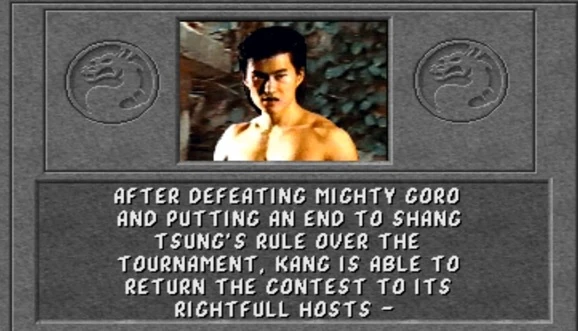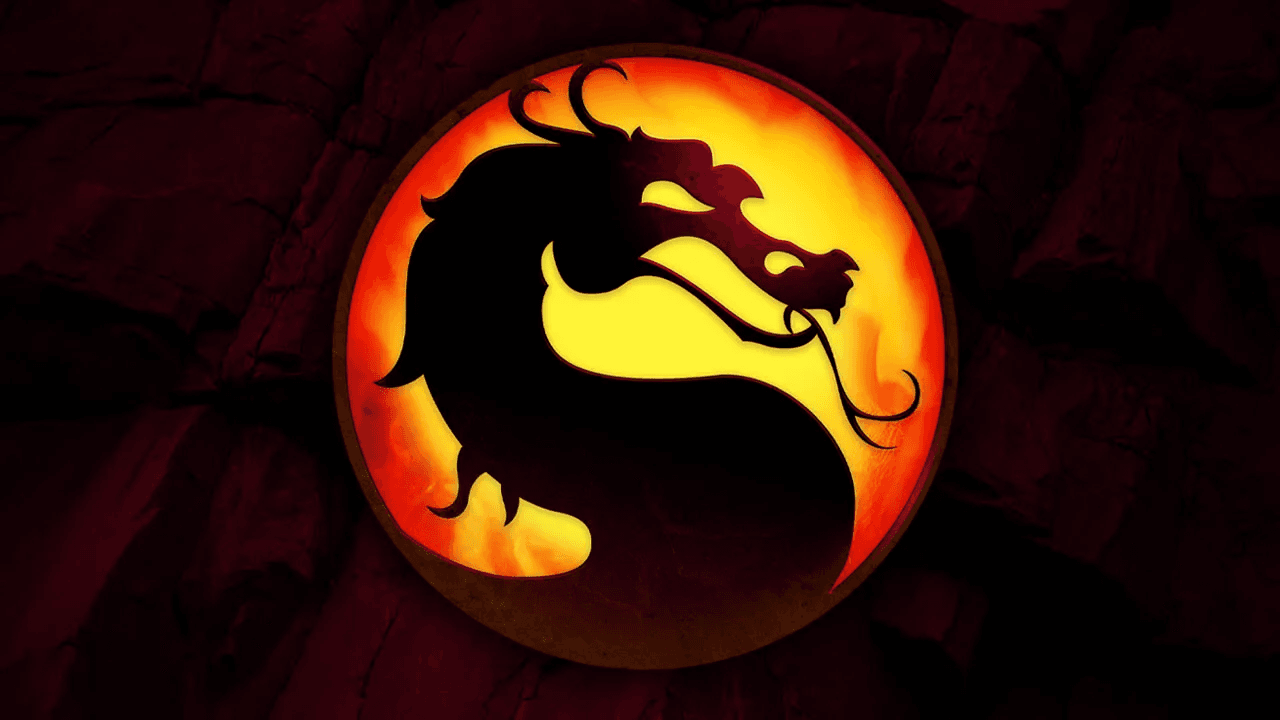To say that Mortal Kombat has had an influence in popular culture is an understatement. Not only has Ed Boon and John Tobias’ brainchild made a dent in gaming as a whole during its 30+ years of existence in many ways, but it’s impossible to talk about the 1990s without touching on just how Mortal Kombat sank its hooks into all manner of people, not just those stuck in the dark confines of arcades.
As part of Digital Eclipse’s ever-growing catalog of “game docs”, Mortal Kombat: Legacy Kollection is the latest compilation of games within a brand that doesn’t just bring together lots of emulated releases under one digital roof, including loads of bonus material, so much so that for some – like me – it easily becomes the main attraction. And while not perfect in either department, it’s still an incredible package well worth it for fans of MK.
The documentary part of this collection is positively mind-boggling. It shows in genuine candid fashion how it all started out as a pet project between a small group of developers at Midway in the early 1990s. Mortal Kombat was at the forefront not just technology-wise, as it helped propel the use of digitized graphics, but in how it made masterful use of shock value and depth of gameplay in order to make a front against another juggernaut in the nascent fighting game genre that was Street Fighter II.
For the first time in quite a while, we get to see co-creators Ed Boon and John Tobias sit down together to talk about how it all came together. For those not in the know, Boon is still at the helm of the franchise over at NetherRealm Studios, while Tobias has long been away from the world of Mortal Kombat, so it’s especially neat to see them together and talk after so long away from public light. Them, along with a handful of other names tied to the series’ long history – not just developers, but names in the industry like Jeff Gerstmann, Cliffy B, Mike Drucker, Andrea Rene, to call out a few – share their stories via a timeline, in similar delivery fashion as previous Digital Eclipse packages.

In over six hours of video content, a LOT of the early history of Mortal Kombat is discussed, surprisingly going over details prior to its development, touching upon how it all came together over the now mythical Chicago Midway campus, where arcade luminaries such as Eugene Jarvis and most importantly Warren Davies played a role in the underlying technology that powered the first three games’ iconic look. For videogame history junkies, it’s all delicious to consume, and like Atari 50 and co., all of these guys were happy to reminisce and shoot the shit, so it’s incredibly entertaining to watch them cross facts and even disagree with each other.
While the bottom half of the list is noticeably faster to get through as it doesn’t contain nearly as much to watch or sift through, it’s still quite entertaining. It features spots with Kerri Hoskins and Sal Divita, who played Sonya Blade and Nightwolf in Mortal Kombat 3 even though they had no martial arts background to speak of. They’re good friends and it’s clear that they had a fun time filming together, talking about their involvement with MK. Hoskins’ is the most notable, as someone who actually went on a worldwide performance tour which took its toll on her physically. Also worth mentioning are the many promotional videos and other captured footage that were previously inaccessible otherwise in their entirety, such as the recordings for the digitized fighters.
Complementing the videos are many pieces of printed material in the form of flyers, design docs, sketches, press releases, cast and event photos, as well as a full roster of bios that include endings for every single character that has starred in the group of games included in the collection. After watching the vids, there’s definitely a lot more to check out, not just for game history junkies, but for Mortal Kombat lore nerds as well. While the latter are likely going to be craving for more content given that there’s a definite cutoff point in the series’ storyline prior to 2011’s reboot Mortal Kombat (technically the 9th one), it doesn’t take away from the positively bonkers existence of such an easily accessible repository of information.

That part of the game would’ve been enough for me when it came to Mortal Kombat: Legacy Kollection, for someone who has lived through the Mortal Mania as part of its target demographic and loves bonus material in DVDs and whatnot usually much more than rewatching the actual movies included, but there’s more. It features a long list of games to play as well, some of which are definitely unexpected as they don’t necessarily paint the series in the best light, as it’s candidly talked about Gerstmann when it comes to Mythologies, a game of particularly questionable design choices that I still own to this day on disc. It’s a ton of stuff, which makes the omission of some games that are mentioned by name in the documentary even more noticeable.
The full list of games in Mortal Kombat: Legacy Kollection is as follows:
Mortal Kombat (SNES, Genesis/Mega Drive, Game Boy, Game Gear, and Arcade)
Mortal Kombat II (SNES, Genesis/Mega Drive, 32X Game Boy, and Arcade)
Mortal Kombat 3 (SNES, Genesis/Mega Drive, and Arcade)
Ultimate Mortal Kombat 3 (SNES and Arcade, including previously unavailable WaveNet version)
Mortal Kombat Trilogy (PlayStation)
Mortal Kombat Mythologies (PlayStation)
Mortal Kombat 4 (Arcade)
Mortal Kombat: Special Forces (PlayStation)
Mortal Kombat Advance (PlayStation)
Mortal Kombat: Deadly Alliance (GameBoy Advance)
Mortal Kombat: Tournament Edition (GameBoy Advance)
It’s personally hilarious to get to play the Game Gear version of Mortal Kombat and to see the thing that it is nowadays considering the amount of time I spent with it as a kid when it was new. I can certainly relate to Drucker’s own amount in the doc when he talks about doing the same, only on Game Boy. We didn’t know any better then – not that we do now, mind – it’s just what we had to play. That and the Super Nintendo version of it, which I never had any issues not having blood as it was never really what drew me to MK. To me, Sub-Zero’s fatality in that version has always been better than the traditional one. Fight me.
In terms of delivery, Digital Eclipse has done an okay job at making these games look authentic, but there’s very few options at your disposal when it comes to changing their presentation outside of emulating the CRT look with scanlines. Outside of the aspect ration, there’s only one filter that can be turned on and off, without any others to speak of. What there is out of the box feels authentic, but considering what is generally offered in similar compilations, even the studios’ previous works, it’s pretty underwhelming.

Gameplay-wise, there are some interesting toggles to mess around with especially in the older games. Secret characters such as Reptile in Mortal Kombat proper that previously required a lot of the player in order to be found can now be activated at the flip of an in-game menu, which is very handy. Other features that would otherwise be found in the form of DIP switches on Arcade boards are also present; cool beans indeed. Annoyingly, though, there is only one save state slot for the entirety of the collection which is pure blasphemy! Then again, the fact that you can now practice fatalities at your leisure is admittedly a blessing, so I guess one counteracts the other?
Aside from the Game Boy Advance and single player games, all titles in Mortal Kombat: Legacy Kollection include online multiplayer with rollback netcode. Unfortunately, at the time of this review, at least on PC, the player matching is broken and I haven’t managed to get a single fight in. Digital Eclipse is said to be working on a fix which will hopefully arrive sooner rather than later. As it is now, it’s severely limited on that platform, and the community understandably frustrated with it as the numerous Steam forum threads for the game can attest.
For MK fans, Mortal Kombat: Legacy Kollection will be a blast. Content-wise, it drips with juicy bits that are sure to please those wanting to know more about its rich history straight from the minds of those who were directly involved in its development, touching on just how big of a deal it was oh-so long ago and still remains so these days. The games included are sure to please, too, and even if some omissions are conspicuous – talking about you, Mortal Kombat: Shaolin Monks – given Digital Eclipse’s track record with DLC, who knows, those might pop up to stuff the lineup even more down the line.





